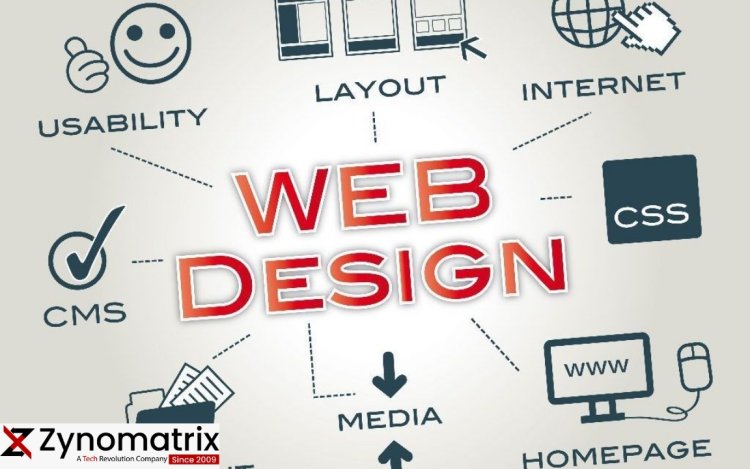What is Web Design Tools and Software ?
Web design tools and software are essential resources for web designers to create visually appealing, functional, and user-friendly websites. These tools provide a range of features and functionalities that streamline the design process, enable efficient coding, and enhance collaboration among designers, developers, and clients. Graphic editors such as Adobe Photoshop, Illustrator, and Sketch are commonly used by designers to create and manipulate visuals, including images, logos, and graphics. They offer powerful editing capabilities and allow designers to craft stunning visuals that align with the overall website design.

Introduction:
Web design tools and software play a crucial role in the creation and development of visually appealing and functional websites. They provide designers with the necessary resources and features to bring their creative ideas to life, streamline their workflows, and enhance collaboration with clients and development teams. Whether you are a beginner starting out in web design or a seasoned professional, having the right tools at your disposal can significantly impact your productivity and the quality of your designs. From graphic editors and wireframing tools to code editors and prototyping software, there is a wide range of tools available to cater to various aspects of the web design process.
Top Web Design Tools for Beginners: Provide a list of user-friendly web design tools that are perfect for beginners and explain their features and benefits.
Essential Web Design Software for Professionals: Discuss the industry-standard software used by professional web designers, such as Adobe Creative Cloud (Photoshop, Illustrator, etc.) and Sketch.
Free Web Design Tools: Highlight a selection of free tools and software that offer robust features for web design, including image editors, wireframing tools, and code editors.
Prototyping Tools for Web Design: Explore popular prototyping tools like InVision, Figma, or Adobe XD, and explain how they help designers create interactive website prototypes.
Web Design Plugins for Content Management Systems (CMS): Introduce plugins and extensions that enhance the design capabilities of popular CMS platforms like WordPress or Joomla.
Collaboration Tools for Web Design Teams: Discuss project management and collaboration tools that facilitate seamless communication and coordination among team members.
Design Inspiration Websites and Tools: Share websites and platforms where web designers can find inspiration, such as Dribbble, Behance, or Pinterest.
Graphic Design Tools for Web Designers: Present graphic design tools like Canva, Gravit Designer, or Affinity Designer, and explain how they can be used in web design projects.
CSS Frameworks and Libraries: Provide an overview of popular CSS frameworks like Bootstrap or Foundation and explain how they can speed up the development process and create responsive designs.
Code Editors and Integrated Development Environments (IDEs): Compare different code editors, such as Sublime Text, Visual Studio Code, or Atom, and discuss their features and advantages for web designers.
Browser Developer Tools: Educate readers about the built-in developer tools available in web browsers like Chrome or Firefox and how they can be used for debugging and optimizing web designs.
Design Collaboration Platforms: Explore platforms like Zeplin, Avocode, or Framer that streamline the design handoff process between designers and developers.
Web Design Browser Extensions: Share useful browser extensions that assist web designers with tasks like color picking, font identification, or responsive design testing.
Web Accessibility Tools: Introduce tools and browser extensions that help designers evaluate and improve the accessibility of their websites, such as color contrast checkers or screen reader simulators.
Version Control Systems for Web Design: Discuss version control systems like Git or Bitbucket and explain how they can be used to manage and track changes in web design projects.
What's Your Reaction?





















